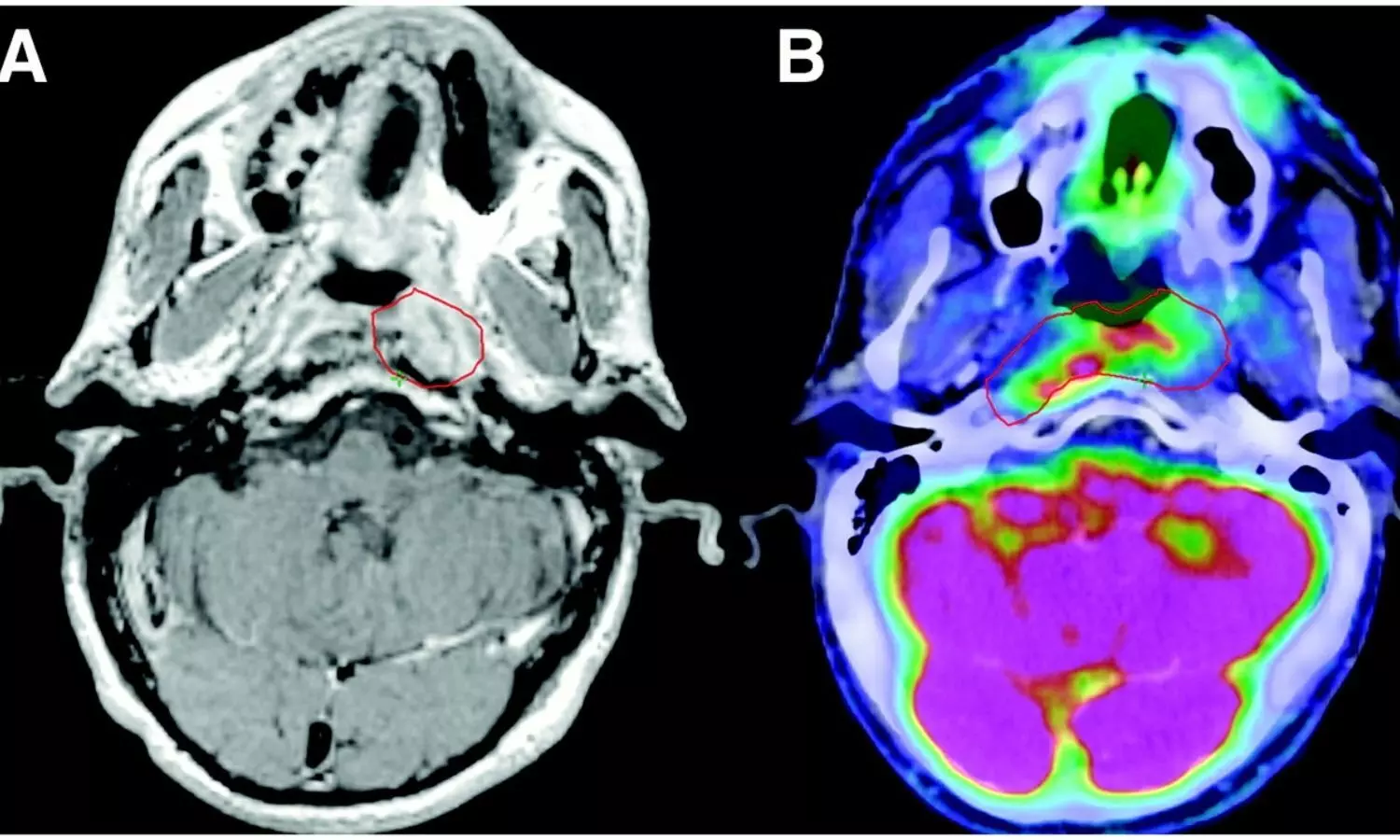Increased Head and Neck CTA Use in Emergency Department Linked to Reduced Positivity Rate in headache patients: Study

Researchers have found that the use of head and neck computed tomography angiography (CTA) in the emergency department for patients presenting with headache and/or dizziness has increased significantly in recent years. However, this increased utilization has been accompanied by a decrease in the positivity rate, indicating a potential overuse of imaging. This study aimed to evaluate trends in head and neck CTA ordering and determine whether a correlation exists between imaging utilization and positivity rates. The study was published in Internal and Emergency Medicine and was conducted by Grant H. and colleagues.
Prudent use of imaging is essential for cost reduction and efficient patient triage in emergency departments. Head and neck CTA is a valuable tool for assessing patients with emergent neurological concerns, yet there is a need to balance the use of this imaging modality with its clinical benefits. This study seeks to address whether increased utilization of head and neck CTA has led to improved care for patients.
This single-center retrospective observational study was conducted at a quaternary referral center and included patients presenting with headache and/or dizziness to the emergency department between January 2017 and December 2021. Patients who underwent head and neck CTA were compared to those who did not receive the imaging.
The key findings of the study were:
-
Among the 24,892 emergency department visits included in the study, 2,264 patients (9.1%) underwent head and neck CTA imaging.
-
The use of this imaging modality increased significantly over the study period, rising from 7.89% in 2017 to 13.24% in 2021.
-
This represents a 67.4% increase from the baseline period (odds ratio [OR], 1.14; 95% CI, 1.11–1.18; P < .001).
-
Despite the increased utilization, the positivity rate, or the percentage of scans that revealed attributable acute pathology, dropped from 16.8% in 2017 to 10.4% in 2021.
-
This decline represents a 38% reduction in positive examinations (OR, 0.86; 95% CI, 0.79–0.94; P = .001).
The study findings suggest a potential issue with the overuse of head and neck CTA in the emergency department. While increased utilization may enhance diagnostic capabilities, the significant drop in positivity rates raises concerns about the efficacy and cost-effectiveness of these scans. The results highlight the need for careful patient selection and more stringent criteria for imaging to ensure that it is being used appropriately and efficiently.
In conclusion, the study reveals that while there has been a notable increase in the use of head and neck CTA in the emergency department, there has been a concurrent decrease in the positivity rate. This trend suggests a need for improved guidelines and protocols to ensure appropriate use of imaging and to avoid unnecessary scans.
Reference:
Rigney, G. H., King, A. H., Chung, J., Ghoshal, S., Jain, A., Shi, Z., Razak, S., Hirsch, J. A., Lev, M. H., Buch, K., & Succi, M. D. (2024). Trends in non-focal neurological chief complaints and CT angiography utilization among adults in the emergency department. Internal and Emergency Medicine. https://doi.org/10.1007/s11739-024-03569-9



